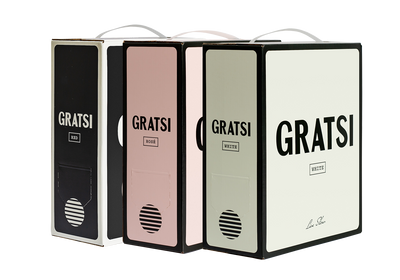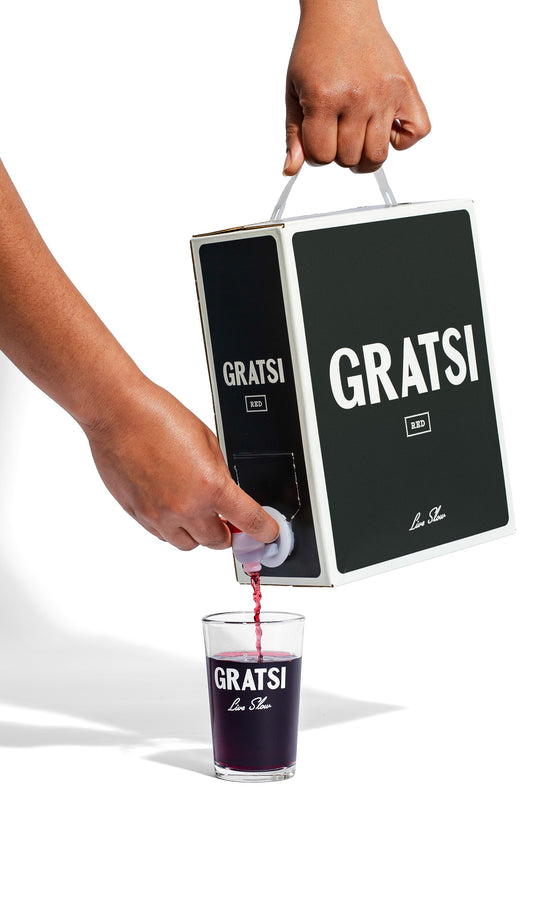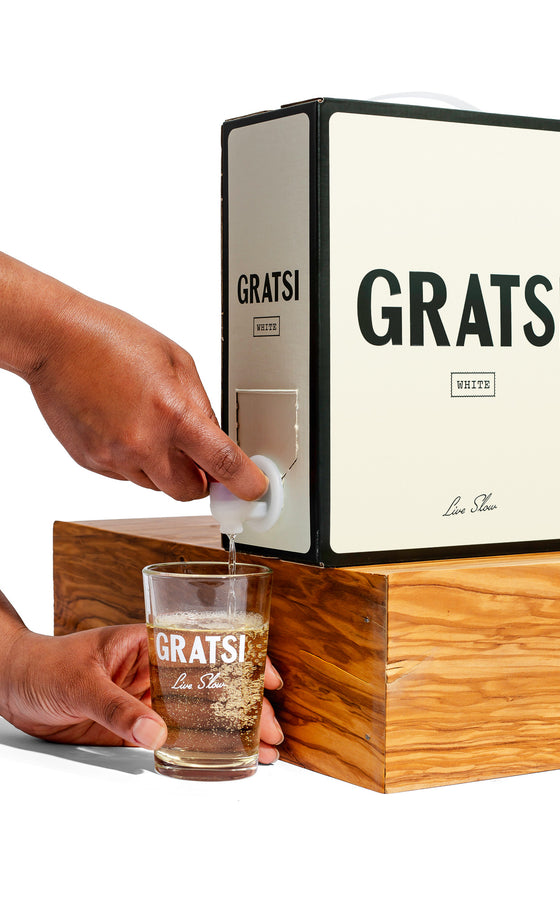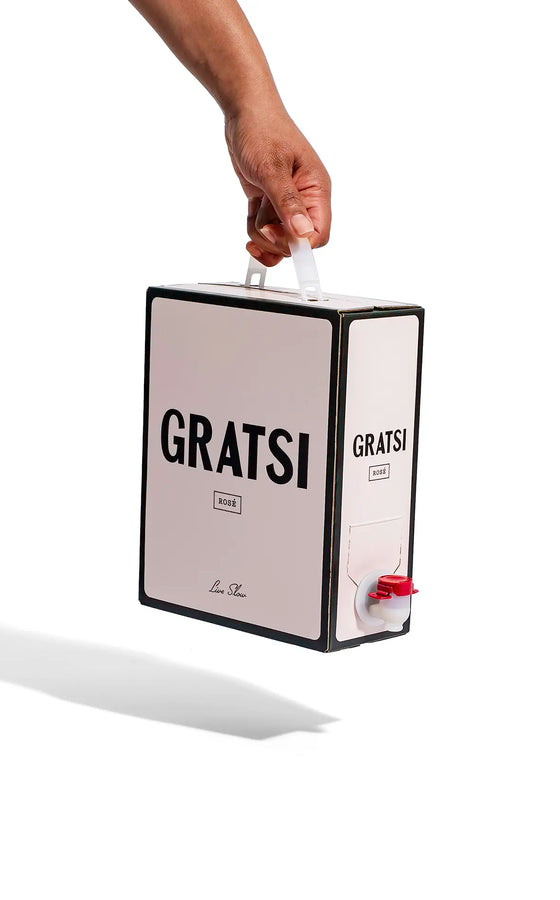The Mediterranean as a Muse

Through the eyes of artists.
The Mediterranean as a Muse
By Antonia Fest
July 21, 2025
When I first visited Palermo in Sicily with my best friend (my mum), she insisted we visit the Palazzo Chiaramonte-Seri to see a painting that was housed there. She had seen it years before and was keen to relive the memory. The work was ‘La Vucciria’ by Renato Guttuso. Painted in 1974, it depicts the hustle and bustle of one of Palermo’s four principal markets which is on every tourist’s bucket list for the city.


As we stand before the canvas, we follow a woman whose back is facing us. She snakes through the impossibly narrow pathway that cuts through the middle of the painting. On either side, she is surrounded - enveloped rather - by a cornucopia of local Sicilian produce: bulging fennels graze her shopping bags, a cascade of cheeses are strategically placed to tempt her in by sight or smell, a million shimmering fish eye her up. At the back, row upon row of citrus fruits slope precariously along the painting’s edges, an enormous cut of meat towers over her, outsizing her. Next to it, a diligent butcher carves into more of his supply although he is almost obscured behind a mountain of fresh eggs. It is as if we are in the marketplace with Guttuso’s invented shopper, just a pace behind her in the circus of colour. Our senses are readily evoked. We can almost hear the fishmonger beckoning us to his stall, smell the lemons which cut through less enticing odours, feel the bodies sidle past us in the chaos of it all. Having been to Palermo’s markets earlier that day, I felt first-hand how Guttuso’s rendition is as real today as it was in the 1970s.


Guttuso often painted the vibrant life that encircled him. His Mediterranean flair is melded into his canvases as he sought inspiration from the world he grew up in. His life began in the small town of Bagheria on the outskirts of Palermo and his most famous works remain those that were painted in or about Sicily. He studied the bursts of cactus plants which define the island’s arid landscape, depicted fleshy watermelons, the symbol of Sicilian summer, and immortalised scenes of labourers, farmers, and urban crowds who made up the fabric of his society. Through colour, texture, and carefully deliberated composition, Guttuso evokes a Sicily which we can still recognise for all its charm, wonder and grit.


Guttuso does not stand alone in his use of the Mediterranean as a muse. Throughout history, artists have been drawn to the waterfronts and hinterlands, the passions and the polarisations of southern Europe. But it was perhaps in the 20th century amidst mass industrialisation, booming modernism and post-war depletions, that the pull of art as escapism seemed more necessary than ever.


In very Italian fashion, when one meal ends, the thought of the next begins. On Sunday, food seems to be the most significant obligation of the day. It is common to go to a family member's house, anyone from parents and in-laws to even grandparents' and have lunch with them. Before the preparation begins, the host is most likely making a few stops at the outdoor market to pick up some fresh produce and ingredients. On Sunday, if I am not assigned to prepare a dish for lunch, I love passing through the market on my way home from the bar, asking the locals what they're buying, what vegetables are in season, and what they have lined up on the menu, seeing if they can make room for an extra person.

Henri Matisse painted technicolour interior scenes with opened terraces that draw our eye towards the tempting Cote d’Azure. Bobbing yachts and promenades lined with looming palm trees appear through the doors and window frames. That glimpse of the fresh coastal air makes the rooms feel stifling and claustrophobic. We want nothing more than to head down to seafront. Matisse spent decades of his life along France’s southern border. Nice was his adopted him and his source of painterly motivation. Picasso, Renoir, Bonnard, Monet, and other vital names of the 1900s were similarly affected by this corner of the world. Many of their works now hang in homage at the Colombe d’Or, the iconic hotel on the outskirts of Nice.

The Spanish artist Maruja Mallo who was active throughout most of the 20th century, was drawn towards the surrealist Avant Garde movement that was buzzing throughout the streets of Paris. She resolved however to adopt her own take on this controversial artistic progression. Rather than evoke the French capital in her paintings, Mallo was intent on using her own regional culture instead. Her most famous works include portrayals of street fairs that represent melting pots of tradition and local life. Her four-part series, La Verbena shows a festive carnival where all walks of life gather to celebrate a religious event in Madrid. Guitar players, sailors, and beautiful women fill the painting with a similar haphazardness as Guttuso’s market scene (this is the essence of Mediterranean life). Mallo’s surrealist approach does more to imprint the vision of Spanish vivacity onto her canvas. Though beyond the clutter of daily existence, she also painted quieter pieces that still reflect the abundance of her roots. El Racimo de Uvas is a beautiful, feminine work glorifying a humble bunch of grapes and her Naturaleza Viva series portrays elegant shells which hover in thin air and in inventive positions. They are enough to recall summers by the sea.

One of the Kings of the Mediterranean was Giorgio de Chirico, born in Greece to Italian parents. His origins and his birthplace feature heavily in his dreamlike, unsettling paintings of empty shadowy piazzas occasionally disturbed by ancient statues or solitary figures. Orange and red tones suggest the dry heat of an August afternoon in Italy that keeps everyone indoors. Classical Greek statues stand or sprawl motionlessly across the open space and add further silence to the scene. Sometimes the sea or summer fruits appear. His works are ambiguous and suggestive – the viewer is allowed to interpret as they please – but although entirely fabricated, the settings feel familiar.

Through art, we can draw more out of surrounding life. As lovers of the Mediterranean, we can observe how, why and what has inspired past figures to commemorate sceneries and symbolisms of southern Europe. Often years can pass but the sense of a specific place needn’t change all that much. Guttuso’s marketplace lives on in the streets of Palermo, Matisse’s beloved south of France remains as alluring as ever, Mallo’s vibrant Madrid stays colourful and kinetic, de Chirico’s nostalgic Italo-Greco stagings feel eery yet reminiscent of endless summers. These artists’ styles differ but what they have in common is their distance from lifelike or realist portrayals. Instead, they arouse feelings and longings of the Mediterranean through their understanding of it. What a joy it is to follow in their footsteps and learn to understand it ourselves.





